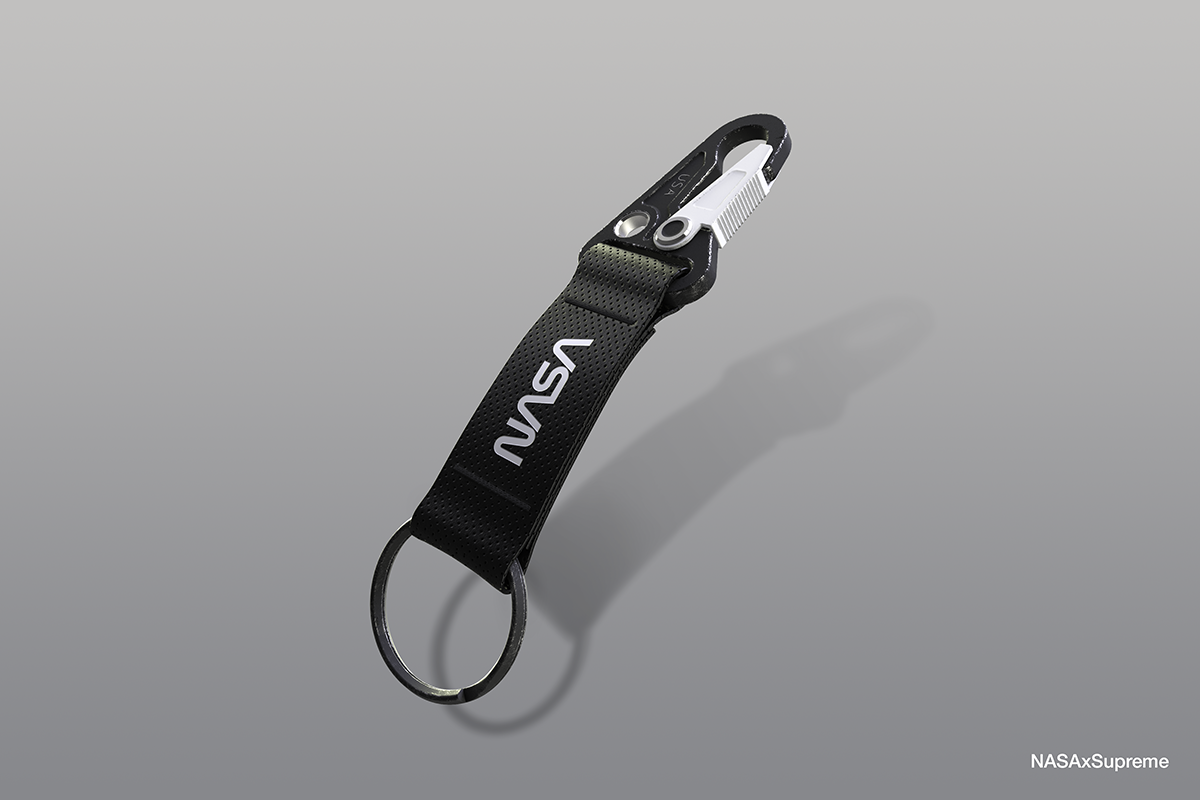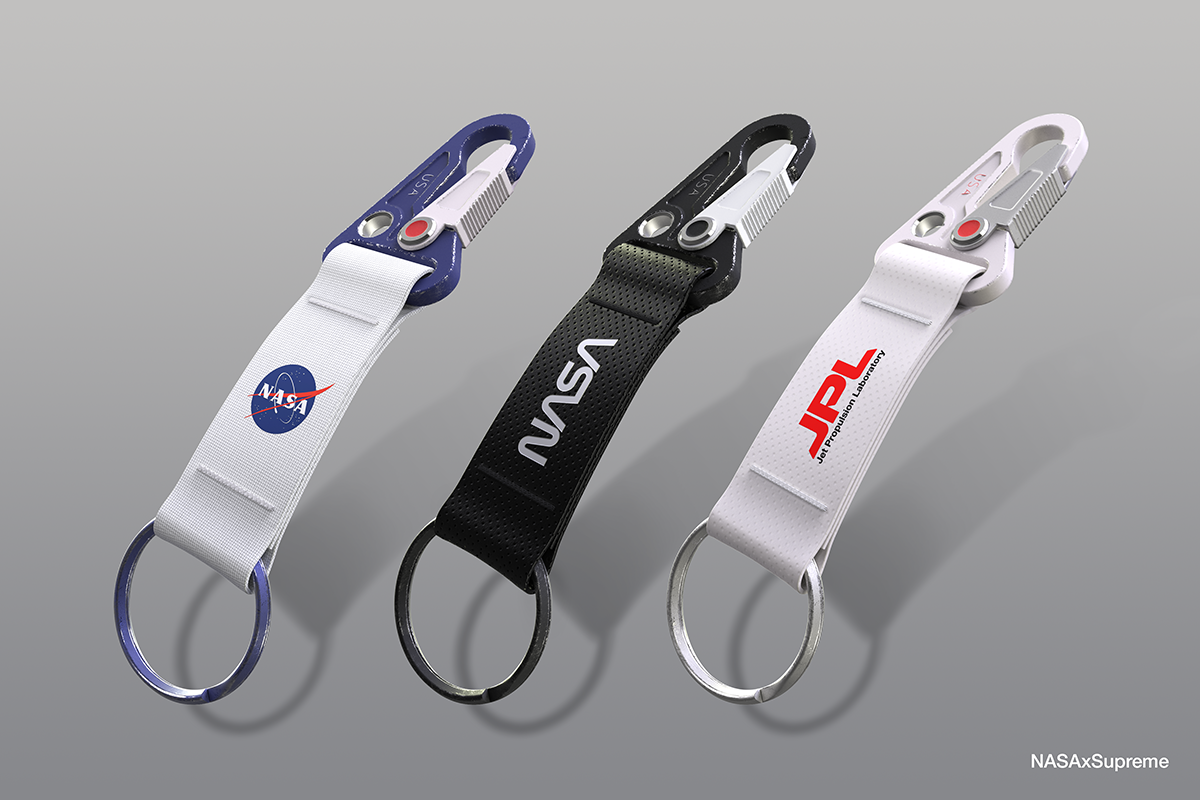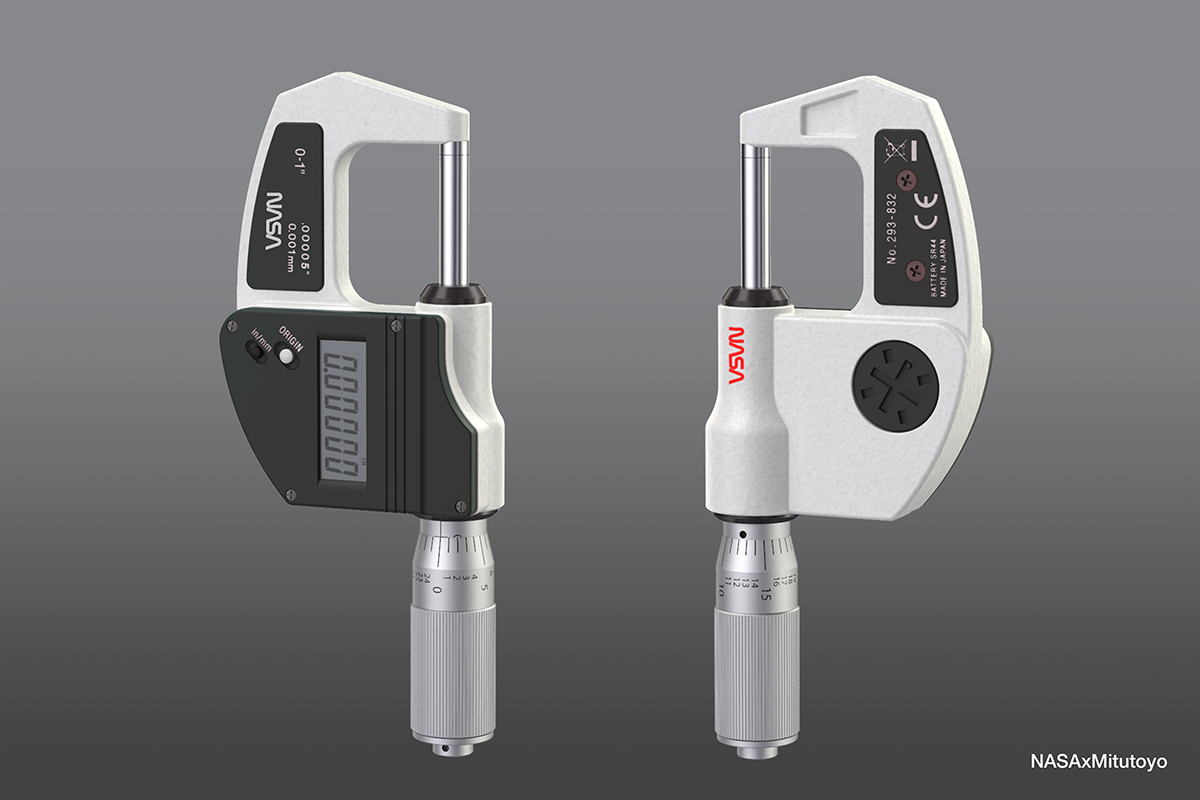Fire Ant Cube Satellite
The Fire Ant is a concept cube satellite engineered by NASA and built by Lockheed Martin. It is designed for the early detection and tracking of wildfires to give fire crews and EMS responders a better understanding of wildfire movements and impact. It’s designed to be a low earth orbit small form factor cube satellite with a medium lifespan. It’s constructed out of DMLS and 3D carbon components, greatly reducing complexity and lowering overall cost.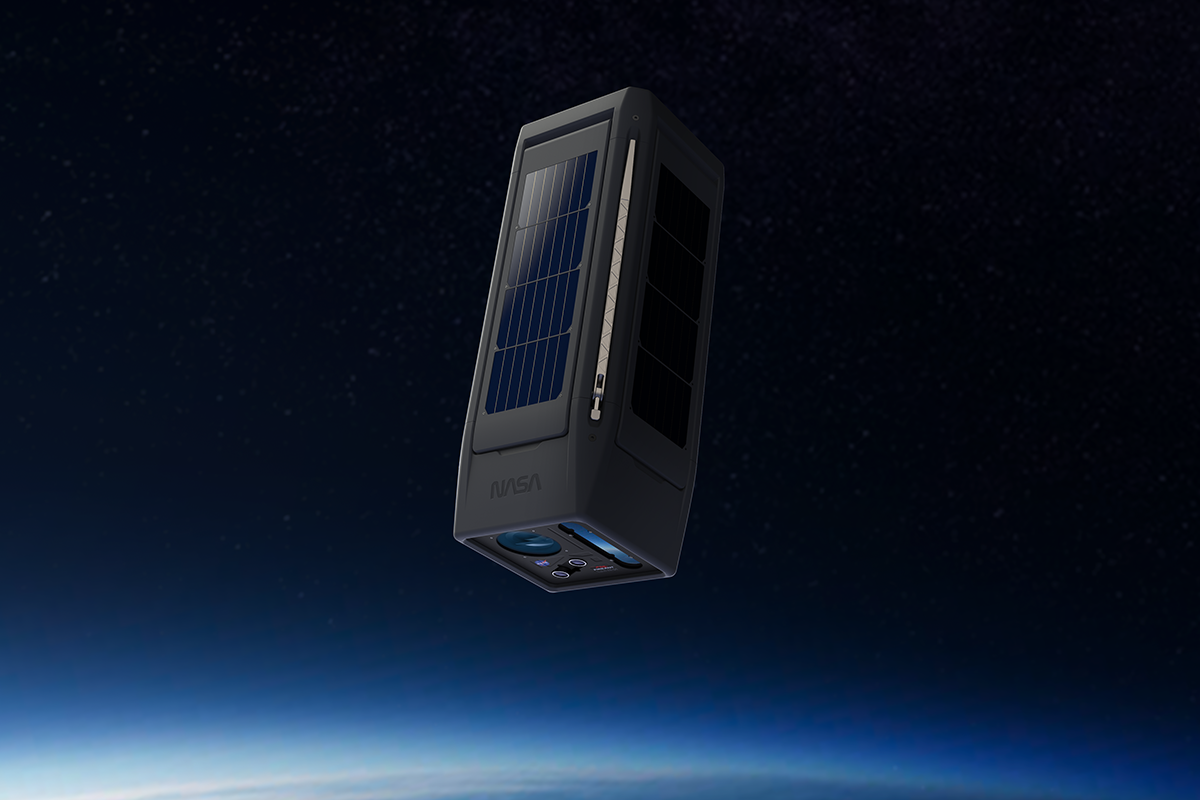
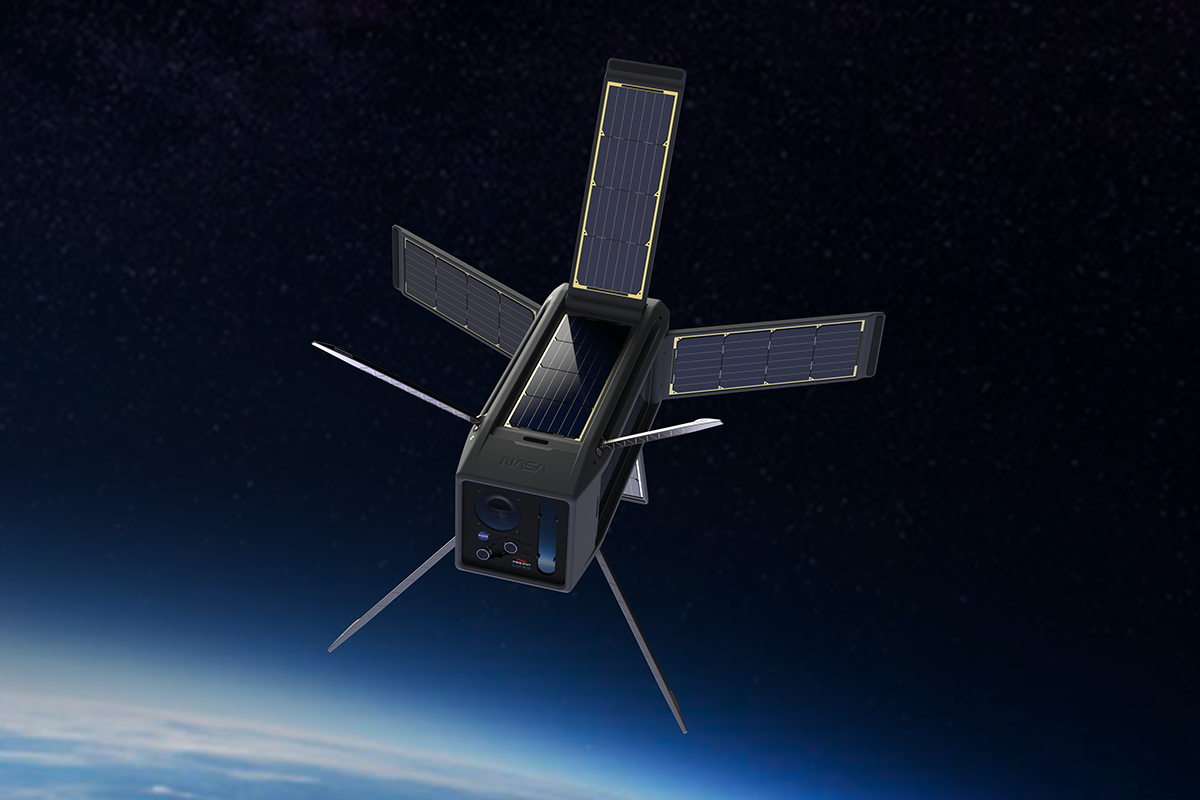
Rocket Lab Electron²
As space exploration enters the commercialized era, the cost and size of satellites will decrease, while their quantities and capabilities will increase. More launch vehicles at lower and more competitive costs will be required to service and sustain these fleets. While much of the industry is focusing on rockets with larger payload capacities for Mars exploration, there is a strong market case for going smaller and cheaper to support near-earth operations.The following concept is the Rocket Lab’s Electron² and looks at how future technology advancements will improve the performance and capabilities of small frame rockets. This concept features thrust vectoring, a technology normally seen on modern fighter jets, to help steer and control the rocket. While the main engine is a fully DMLS aerospike engine surrounding a conventional bell-shaped rocket thruster. The aerospike engine allows the rocket to be more efficient at lower altitudes and ultimately reduces the overall fuel and cost required to achieve orbit. Historically aerospike engines haven’t seen large-scale adoption because of their complexity, but as 3D printing advancements occur it is likely these engines will become common as we move into the future of space exploration.
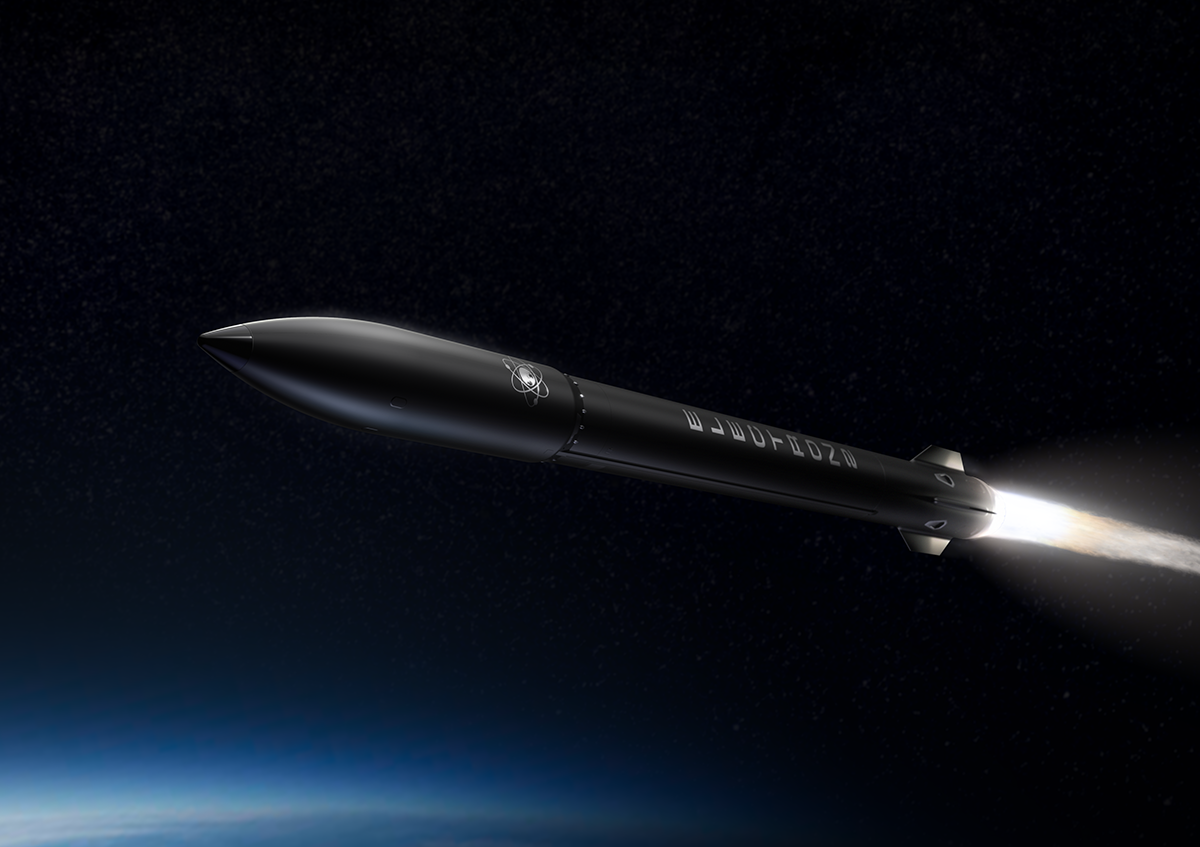
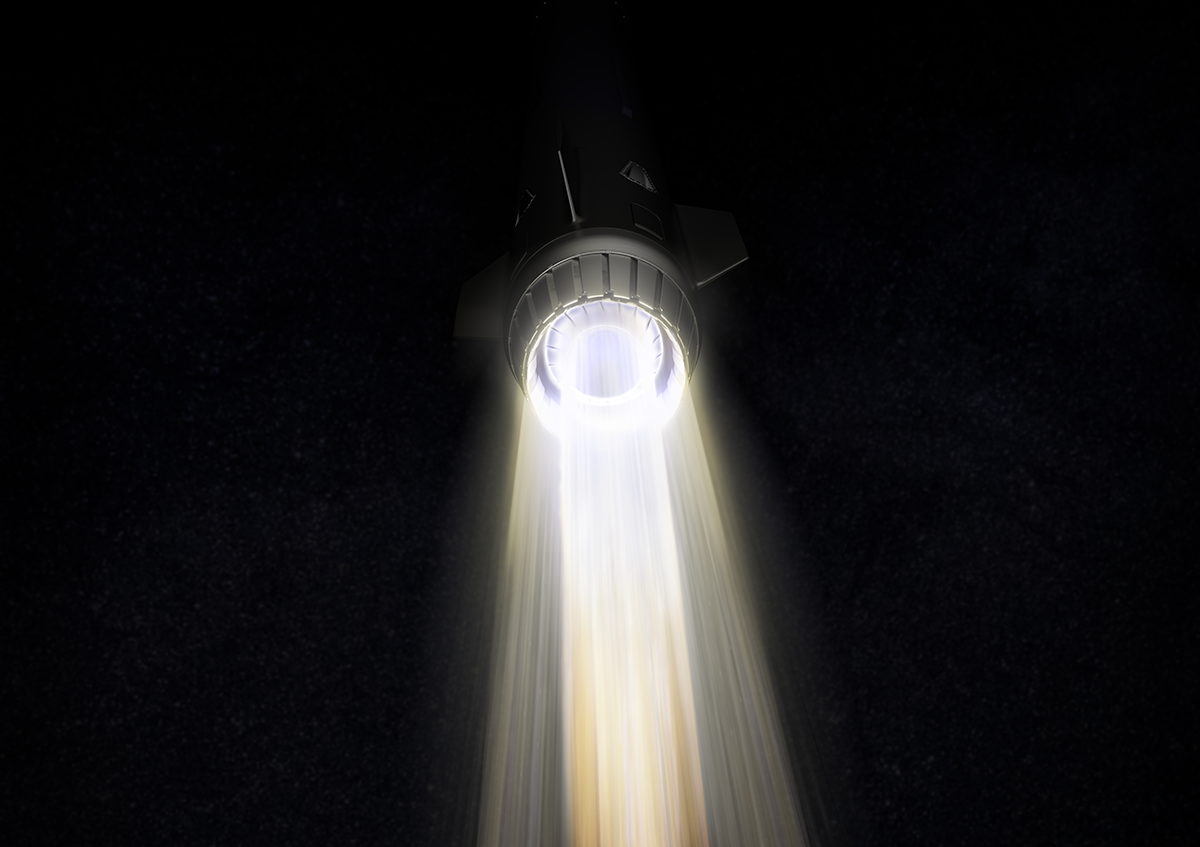

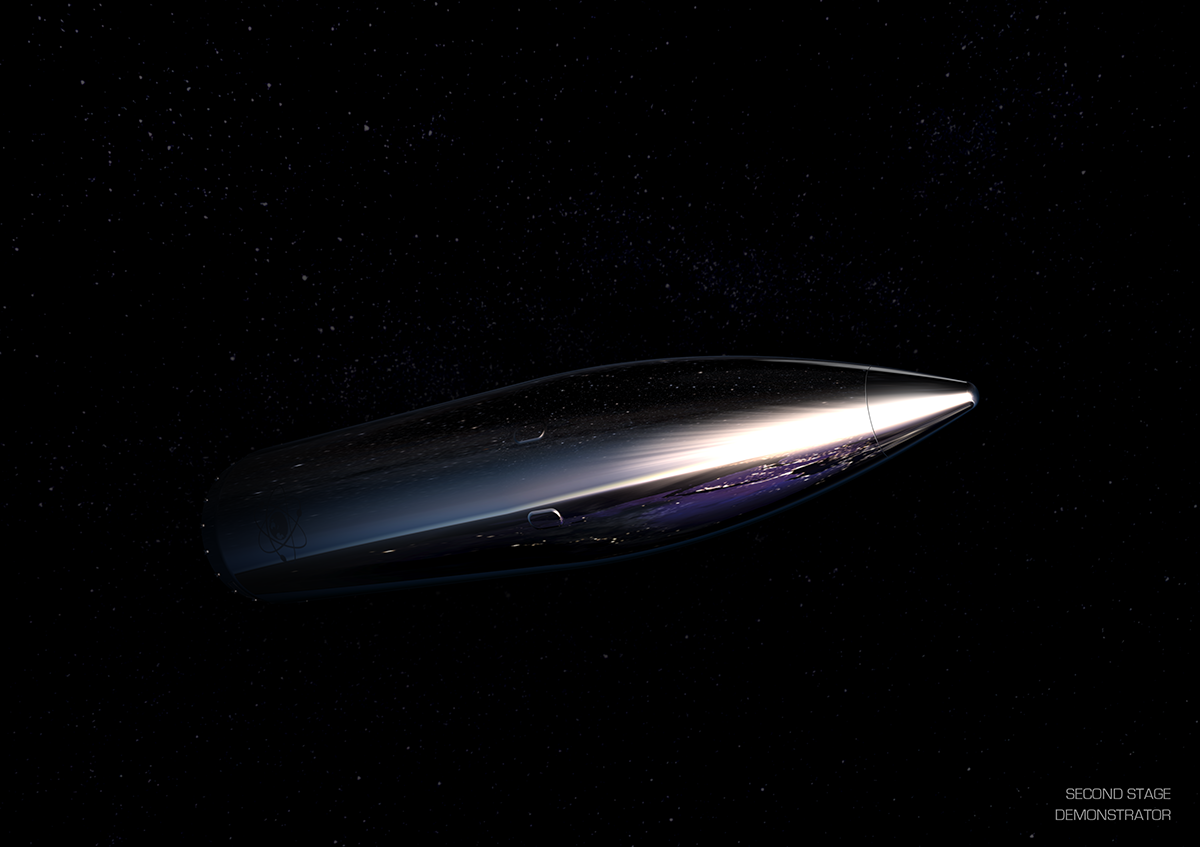
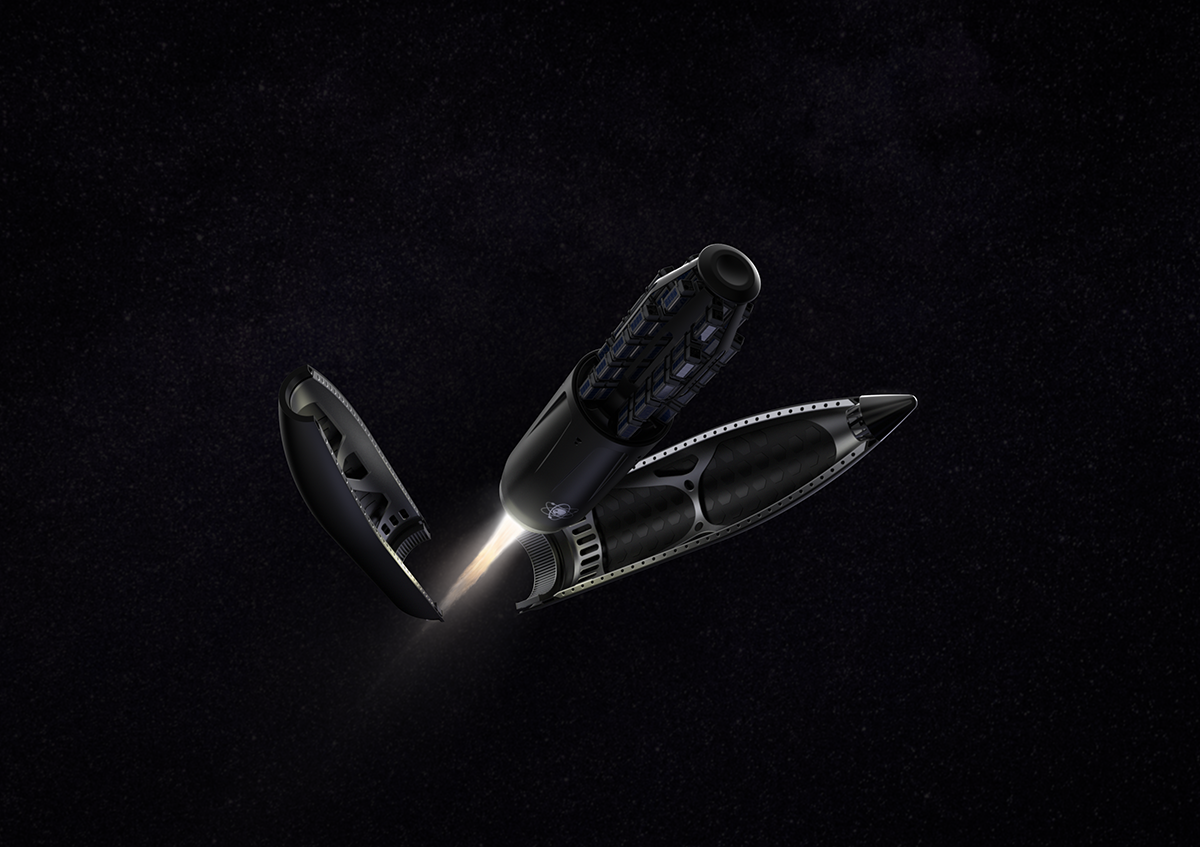
Triple Heavy
Triple Heavy is a resupply drone concept consisting of three Hypersonic Scram Rocket Boosters (HSRB) and a single Hypersonic Scram Payload Lander (HSPL) designed for autonomous resupply and return from Mars.Initially, resupply missions would be rare, perhaps years apart, but as interplanetary colonies grow, demand will also increase. To substantially build on another planet we will have to mobilize an interplanetary supply chain spanning millions of miles. Essentially a constant circular flow, launching and landing rockets on a weekly to bi-weekly pace both on Earth and on Mars. This is important because the sheer number of vehicles involved will require fully autonomous AI pilots. We won’t be able to train pilots fast enough, and the long trip would make it prohibitively rough on the human body as a profession. Autonomous resupply drone ships are a key factor to unlocking our ability to become a multi-planet species.
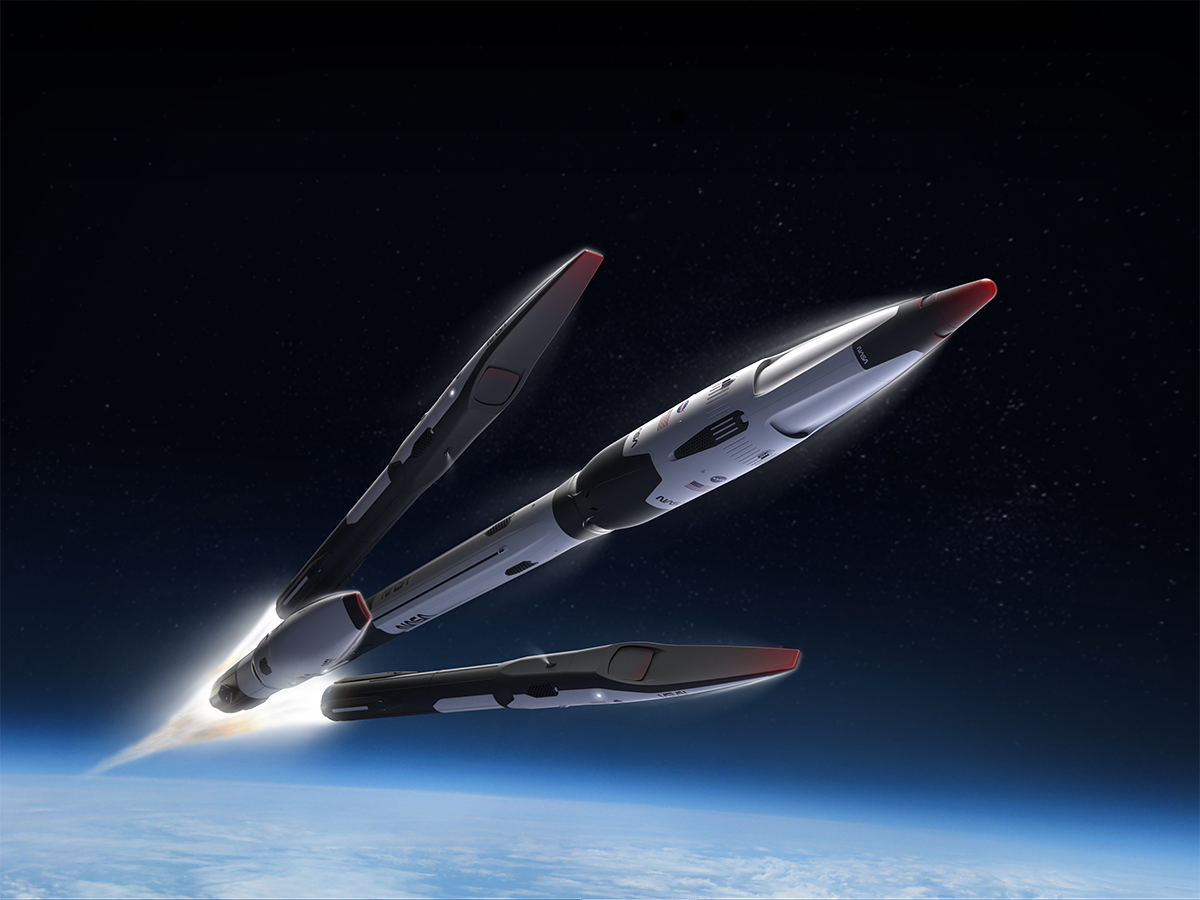
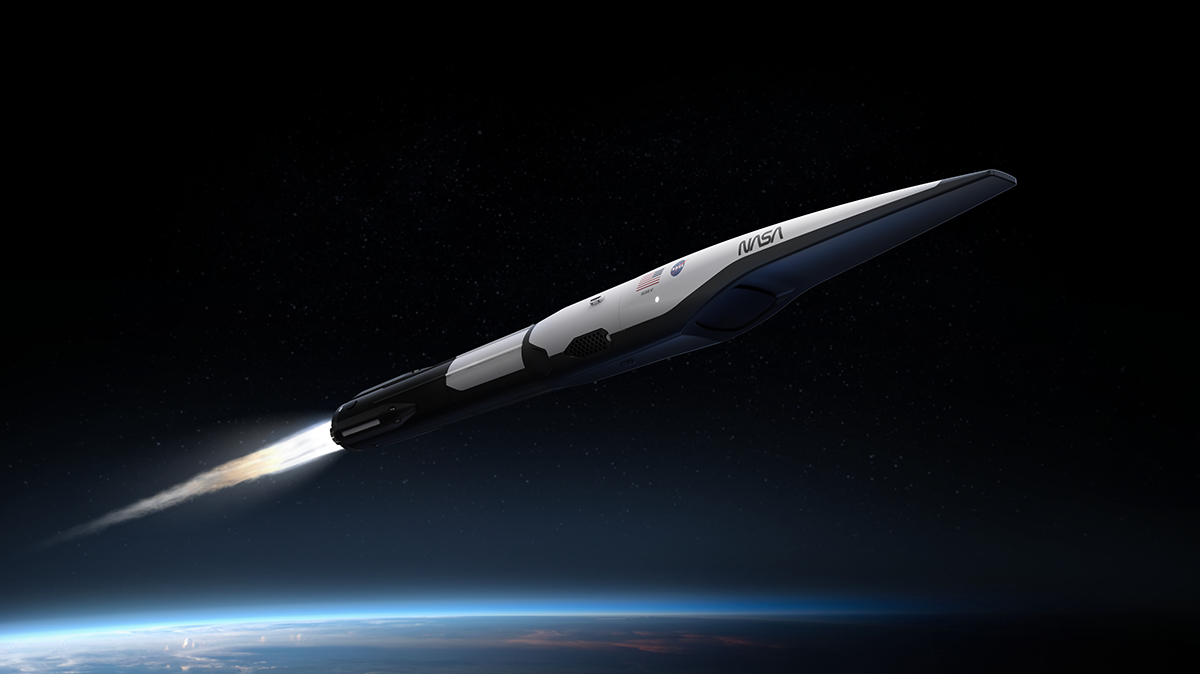
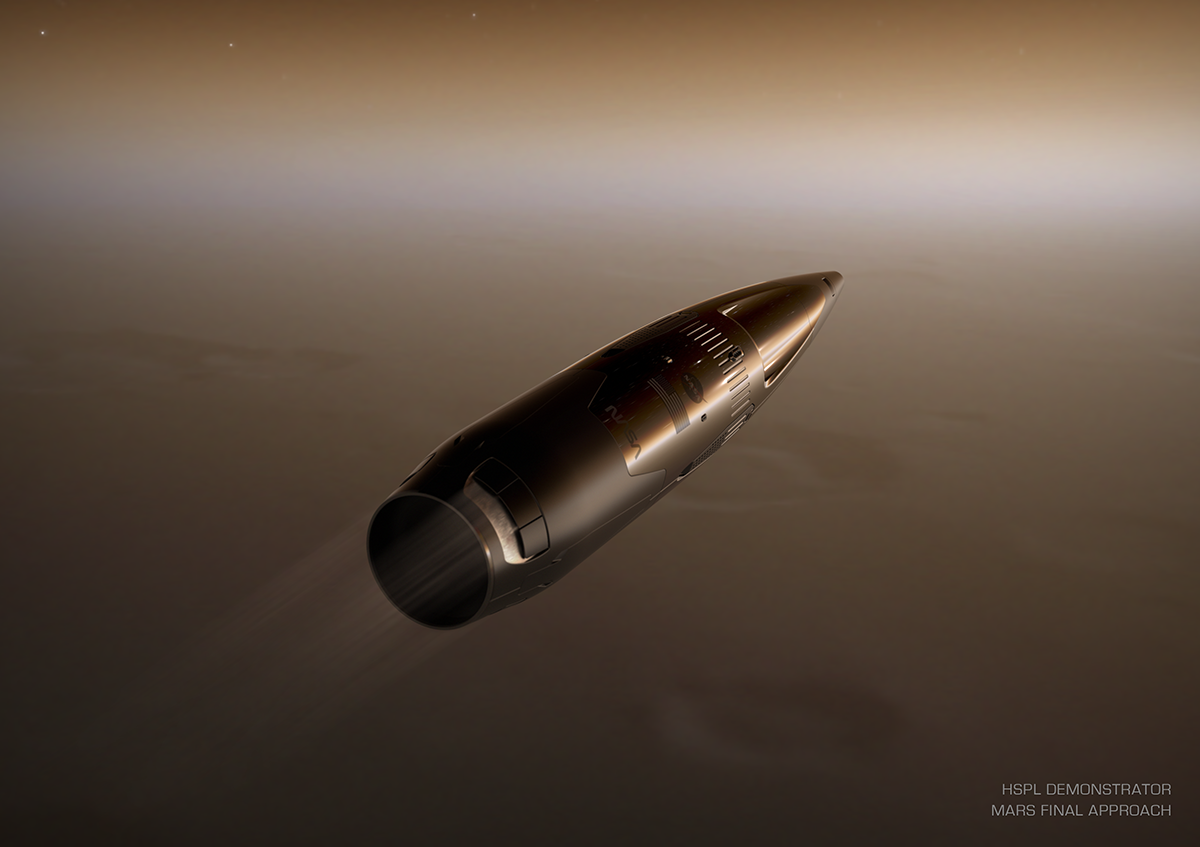

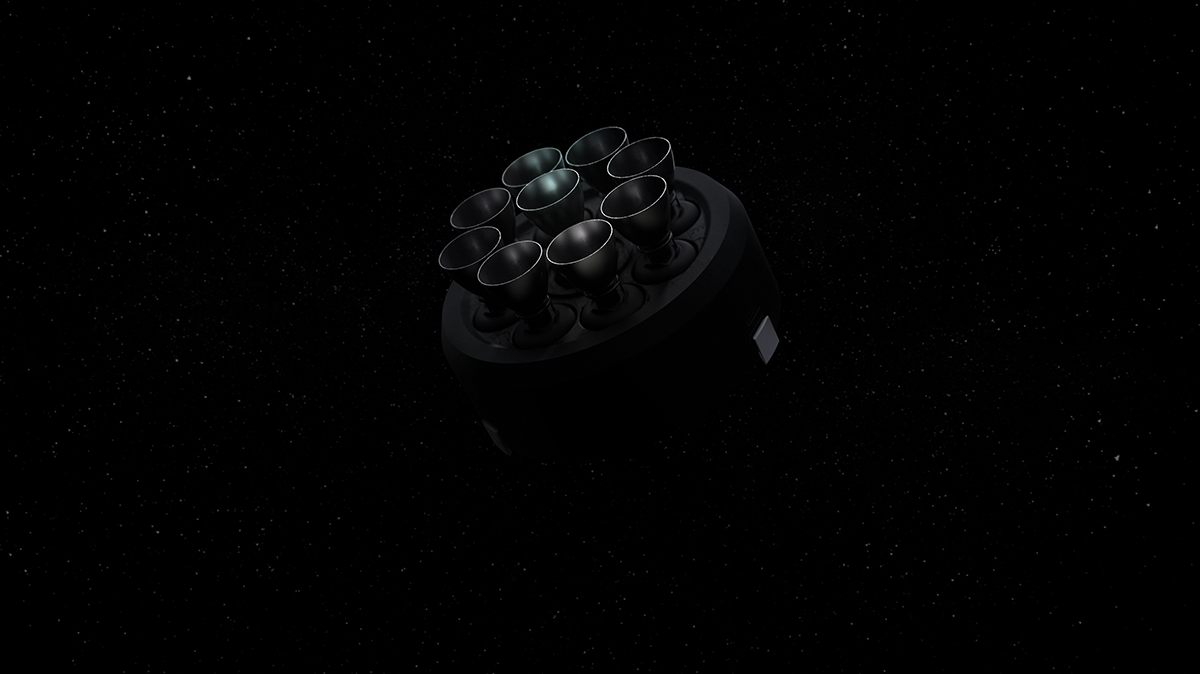
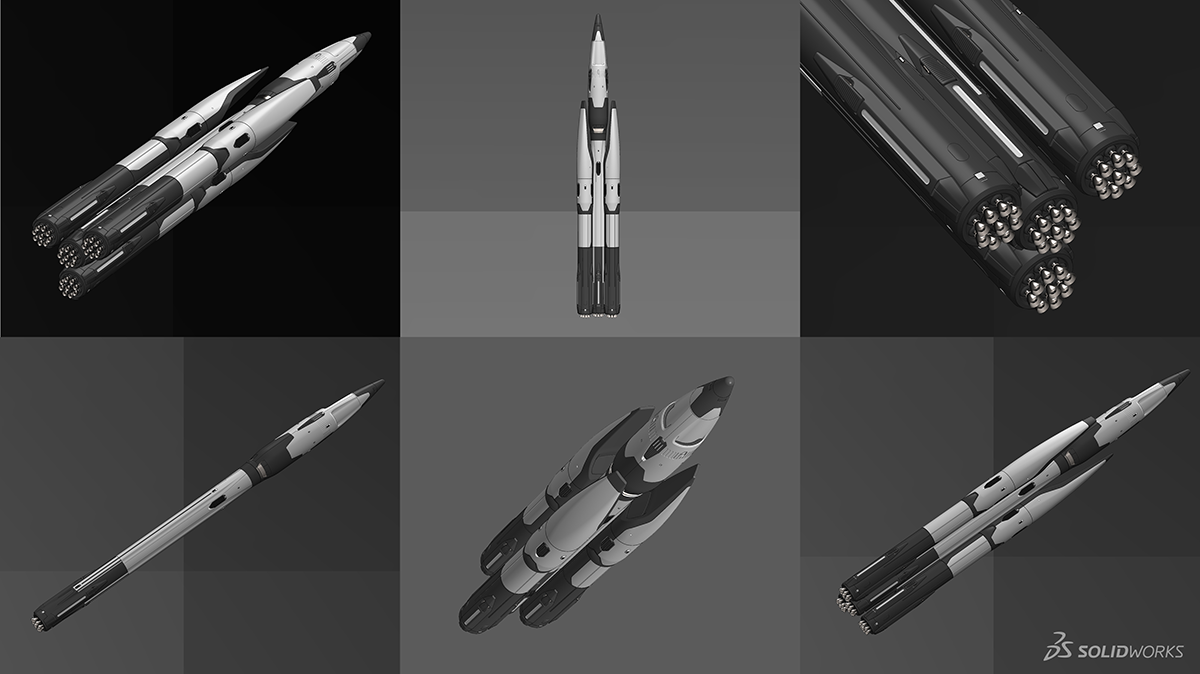
NASA’s Branding Future
As manned space exploration missions ramp up over the next decades NASA will need to reassess their relationship with their core market and to protect their image as a leader in space exploration. Branding and partnerships are key ways that NASA can expand their public awareness while cementing their position as an industry leader. To remain on the forefront NASA must leverage their strong brand heritage in ways that directly connect and inspire the consumer.